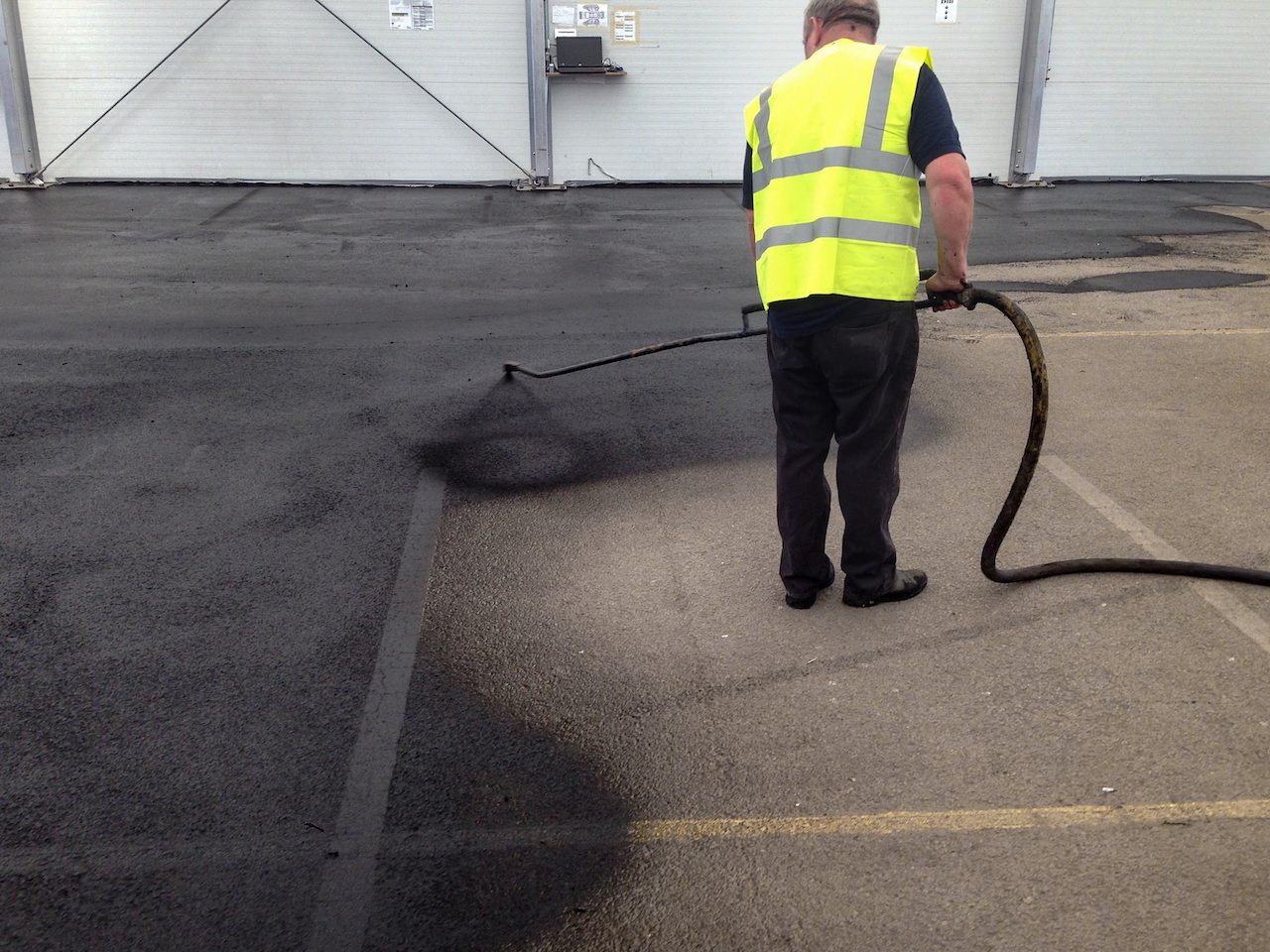
What Is the Best Approach for Speed Bump Installations?
Why Do You Want to Install Speed Bumps?
You need to look beyond the obvious answer, which is to slow down traffic, and find the specific reasons. Are you trying to discourage drivers from using your parking lot as a shortcut between two streets? Are you a homeowners association that wants to enhance the safety of the children playing in the community’s parks? Are you the manager of a large retail store who wants to protect the hundreds of customers walking between your store and their vehicles every day? Are you trying to reduce the number of accidents in your apartment complex or office park? A careful evaluation of your reasons can help make the rest of your plan easier.
Where Do You Want to Install Speed Bumps?
Whether speed bumps are part of your original parking lot design or an addition, choosing the proper location for a speed bump is essential to achieving the results that you desire. When approaching a speed bump, drivers should have time to react, so you do not want to place speed bumps around a blind curve or right at the entrance to your parking lot or subdivision. Speed bumps work best on level ground, so you should not place them on hills. If you need to control the speed of traffic throughout a neighborhood or large parking lot, you should install multiple speed bumps that are no more than 500 feet apart, but it is usually unnecessary to place them less than 300 feet apart. However, if you are trying to protect a pedestrian crosswalk or other narrow area, you should probably place the speed bumps on both sides of the protected area even though that will make them relatively close to each other.
What Else Should You Consider When Installing Speed Bumps?
Asphalt speed bumps are long-lasting, economical, and effective. An experienced paving contractor can design speed bumps in various heights, widths, and lengths. You and your contractor will want to consider whether you need speed bumps that extend across the full width of your pavement, how wide the bumps themselves should be, and how tall the speed bumps should be. Make sure that you choose a contractor who has a thorough knowledge of your local regulations, especially those related to emergency vehicles. You may want to install street or parking lot signage to warn drivers of impending speed bumps. To make your speed bumps more visible, you should have them painted in a pattern, and you might want to install reflectors as well. Most striping contractors have the proper paints, templates, and accessories to handle the task. The final part of your plan should be a proactive program to maintain your speed bumps. They should be inspected regularly so that any damage can be quickly repaired, and they will need to be repainted periodically.
For the Best Parking Lot Maintenance, Trust MH Greeson
MH Greeson is the company to choose for parking lot maintenance in Marietta, Atlanta and the rest of North Georgia. Our asphalt services include sealcoating, crack repair, paving, pothole repair, and tennis court resurfacing. We also offer parking lot striping and marking, and we install traffic signs, car stops, and bollards. We are committed to providing exceptional results and exemplary service at affordable prices. We have an outstanding reputation for craftsmanship, integrity, and professionalism. Fill out our online form to request a free quote, or you can call our Marietta office at 770-335-2983 to provide additional information about your project.




